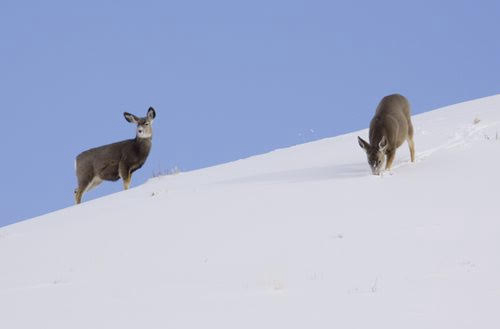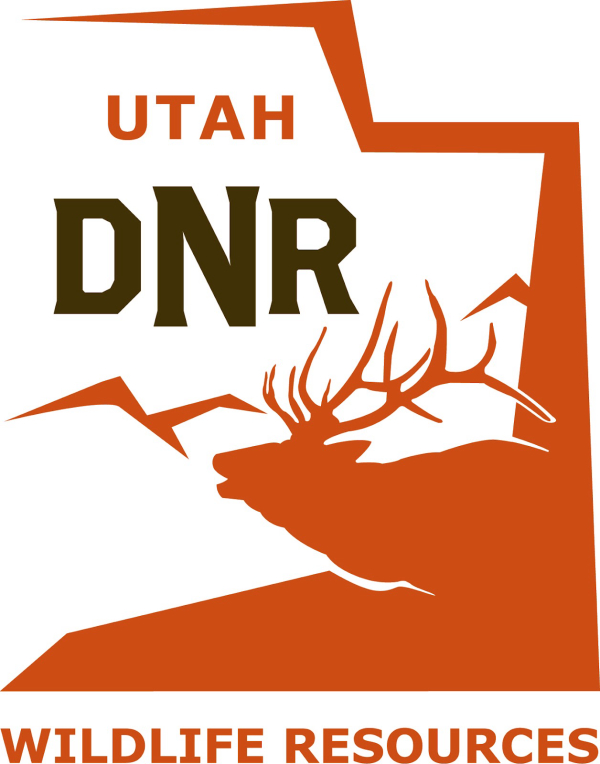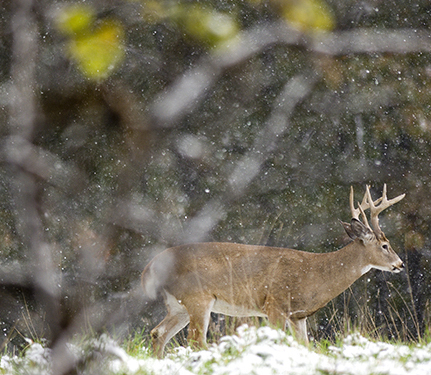Michigan Hunters: Know Your Does!
By Glen Wunderlich
As we deer hunters take to the woods and fields for opening day of firearms deer season November 15th, we become a throng of wildlife managers no matter the result. As with any management practice, we have room for improvement. Accordingly, a look at the most recent verifiable statistics through year 2016 relative to how we’re doing is a good place to start on the path to betterment.
Ardent hunters understand that allowing deer to mature is a worthy goal. However, if we consider the fact that Michigan hunters continue to kill one of the highest percentages of yearling bucks in the country (1 ½ year-old antlered deer), we certainly are not allowing them to get old. In fact, close to half of all bucks taken in 2016 were yearlings! Maybe it’s time to consider another option to fill that freezer: does.
Michigan’s antlerless take of 145,054 was up 6 percent compared to the previous season but down 15 percent compared to the 5-year average. Some of that may be attributable to the fact that Michigan’s hunting community has shrunk 14 percent over the past five years. At the same time, if we were to concentrate our efforts on taking more does, we’d be allowing more bucks to live another year or more. Realizing that some may want to claim bragging rights for bagging a buck, our combined “achievements” are nothing to brag about compared to other regions of the nation.
Disturbingly, Michigan hunters are killing fawns at the rate of 26 percent of the total antlerless harvest – a sign that indicates hunters need a better understanding of distinguishing fawns from adult does. To make matters worse, many buck fawns are mistaken for adult does – a sure way to reduce the potential for more mature bucks in the herd.
Identifying Does
There are several easy ways to differentiate between does, doe fawns and buck fawns and a sensible place to start is with good binoculars to determine detail.
Obviously, the best way to compare deer is when they are grouped together. A mature doe will be more observant – a sentry, if you will. On the other hand, fawns tend to be more playful and will feed without paying attention to their surroundings. Fawns also have a shorter nose compared to an adult doe’s head.
Lone antlerless deer are typically buck fawns or commonly referred to as button bucks. Here’s where the binoculars come in handy: At this stage of the season, an observant hunter should be able to see developing antler bases or pedicles (immature antlers) giving them the name “button” bucks. Buck fawns also have a head that is squarer than others.
Just because a group of antlerless deer may contain one larger one, doesn’t necessarily mean it’s an adult doe. Again, use your glass or hold your fire.
By taking more female deer, we will have done our part to balance the herd and to promote the quality of hunting we all seek in future years. Be safe, get those deer checked, be respectful of others, and good hunting.







